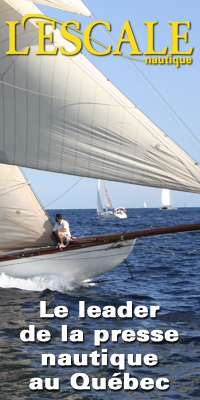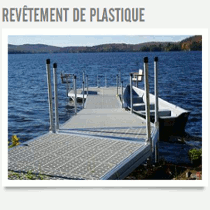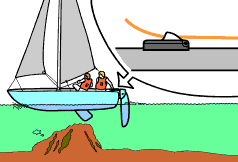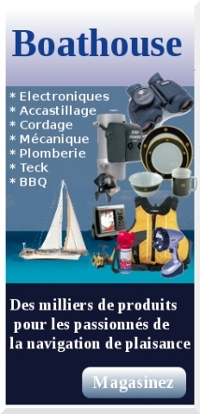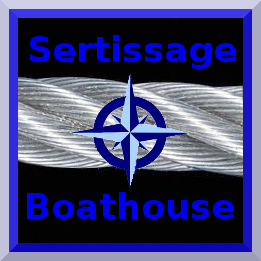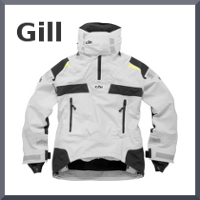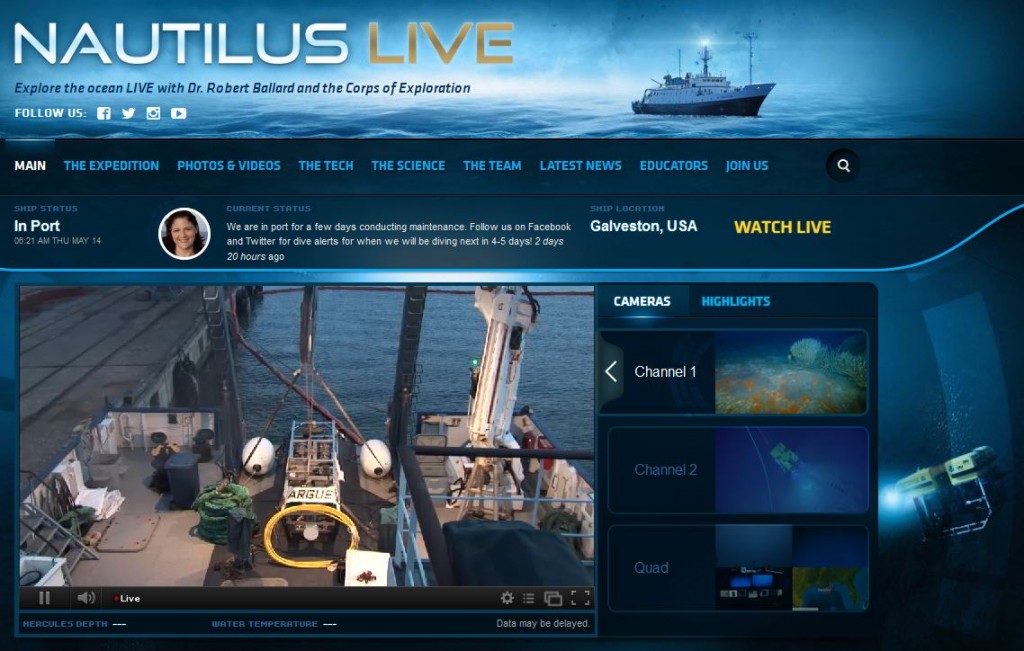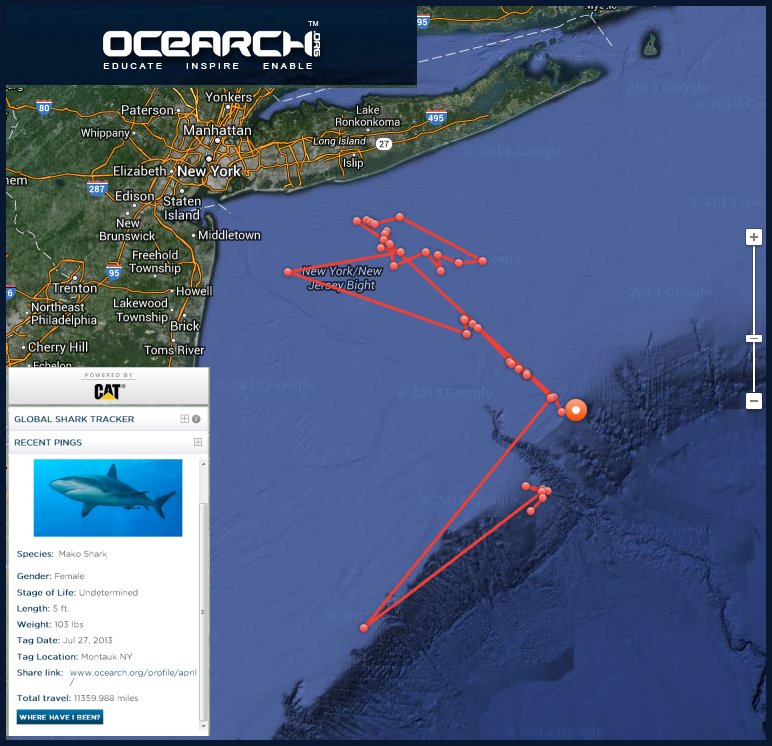At 598 meters (1,962 ft) below the Gulf of Mexico off the coast of Louisiana, ROV Hercules encountered a magnificent sperm whale. The whale circled Hercules several times and gave our cameras the chance to capture some incredible footage of this beautiful creature. Encounters between sperm whales and ROV’s are very rare.
Explore the ocean LIVE with Dr. Robert Ballard and the Corps of Exploration
Nautilus live here
A couple of years ago, a joint study by Caribbean Conservation Corporation and other groups monitoring leatherback nesting along the Caribbean coast of Costa Rica analyzed data from regular track surveys, night patrols and aerial surveys to estimate that the leatherback rookery of the Caribbean coast of Central America, between the Nicaragua – Costa Rica border to just south of Chiriquí Beach, Panama, represents the fourth largest leatherback nesting population in the world. Data also suggests this leatherback nesting population may be in decline since 1995.
|
In 2003, CCC began tracking adult female leatherbacks from nesting beaches at Tortuguero and Gandoca in Costa Rica and Chiriquí Beach in Panama to collect detailed information on leatherback movements and habitat use to identify locations where human threats may be causing leatherback mortality that is impacting the Caribbean Central American nesting population.
CCC tracked a total of 12 leatherback turtles over the past three years. Of the 12 migration tracks, nine showed the turtles migrating out of the Caribbean to possible foraging areas. Of these, five turtles migrated into the northern Atlantic Ocean, and four were tracked into the Gulf of Mexico.
The five leatherbacks that migrated into the North Atlantic Ocean swam to the waters southeast of Nova Scotia, Canada, a known foraging area for leatherbacks. One traveled straight across the Atlantic toward Europe, reaching an area north of the Azores Islands, also identified as a foraging area, in the eastern Atlantic Ocean. This data is consistent with other studies that have tracked leatherbacks into the North Atlantic from nesting beaches in Florida and the Caribbean.
Of the four leatherbacks that migrated to the Gulf of Mexico, three stayed within the eastern part of the Gulf off of the coasts of Florida and Alabama, while the fourth currently is transmitting from the western Gulf of Mexico. There have been many sightings of leatherbacks in the Gulf of Mexico. In addition, flipper tag recoveries from stranded females in the Gulf can be traced back to nesting beaches in Caribbean Central America. However, this data and past sea turtle surveys have provided an incomplete picture of how leatherbacks are utilizing the Gulf of Mexico.
CCC’s satellite tracking has provided new information about the seasonal movements of leatherbacks within the Gulf of Mexico. Our tracking indicates that leatherback turtles may be foraging in the Gulf of Mexico year-round. The data also suggest that leatherbacks may move south during winter months. This could explain the low number of leatherback observations during previous winter surveys in the northern Gulf of Mexico.
During the past two decades, jellyfish populations in the Gulf of Mexico have been increasing. There has been a population explosion of native species, such as moon jellies and sea nettles, both eaten by leatherbacks. Although the exact reasons for the increase are not known, long-term changes in jellyfish abundance may be related to the effects of intense fishing that has reduced predator species, increased water temperature, nutrient enrichment, or a combination of factors. The relationship between jellyfish abundance and leatherback occurrence in the Gulf is unclear. It is possible that year-round foraging by leatherbacks has increased as a response to increased jellyfish.
|
CCC’s research suggests that the Gulf of Mexico may represent a significant year-round foraging ground for leatherbacks from the Caribbean coast of Central America and not just a seasonal feeding area or pass-through region for migrating leatherbacks.
The implications for the conservation and recovery of leatherbacks are significant. More research is needed to determine if there are impacts from commercial fishing activities in the Gulf, particularly from the long-line fishery, which is known to cause incidental bycatch of thousands of marine turtles worldwide. (See Fisheries Update on page 5). Another concern is the impact of current and future oil and natural gas exploration on leatherback habitat, food availability and overall health of the ecosystem. There currently are over 6,500 oil and gas platforms in the Gulf of Mexico. Many of them are located in areas where leatherback turtles occur.
CCC’s tracking has just scratched the surface of what needs to be known about leatherbacks in the Gulf. More study is needed to conserve leatherbacks that nest on beaches in Caribbean Central America during their migration and on foraging grounds. CCC will continue its satellite tracking and also plans to conduct aerial surveys in the Gulf focusing on areas of nutrient enrichment, which may have high jellyfish abundance, and seasonal “hot spots” based on satellite tracking. CCC also is developing a project to post informational signs on piers and at boat ramps asking people to report sightings of leatherbacks. We also hope to expand a “turtle spotter” program on oil and natural gas platforms to collect data on leatherback observations.
Funding for this research was provided by the National Fish & Wildlife Foundation, the Marine Turtle Conservation Fund, the Disney Wildlife Conservation Fund, the Firedoll Foundation, the British Embassy – San José, Costa Rica, Shark Reef at Mandalay Bay, The Maritime Aquarium at Norwalk, CT, PADI Project Aware, the World Wildlife Fund, the National Aquarium in Baltimore and the USFWS Gulf Coast Coastal Program. Additional support was provided by Asociación ANAI, the Ministry of Environment and Energy, Costa Rica, the National Environment Authority, Panama and the communities of Tortuguero and Gandoca in Costa Rica, and Río Caña in Panama.
Detailed maps of sea turtle migrations can be found on CCC’s website at www.seaturtletracking.org
June 3rd, 19 year old Boyan Slat announced The Ocean Cleanup concept is likely feasible. To help fund the major next step of this project, The Ocean Cleanup …




